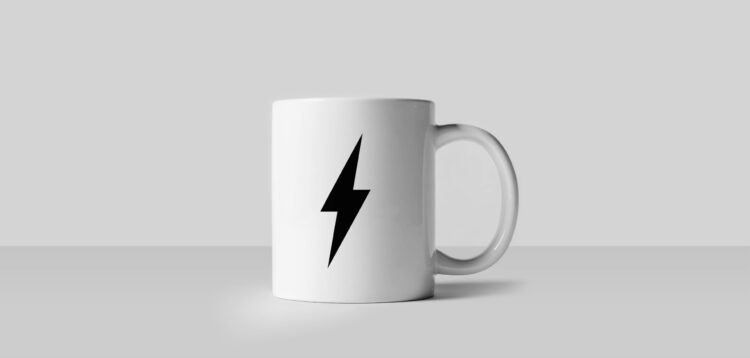Cafe and roastery homeowners have been scrutinising their electrical energy payments extra intently than ever over the previous two years, within the face of an ongoing international power disaster. Rocketing power costs notably have an effect on cafe and restaurant homeowners, since they usually use 5 to seven occasions extra power per sq. foot than most different industrial buildings (Beals 2018).
Whereas electrical energy and gasoline costs have come down considerably from the dizzying heights they attained final winter, the disaster just isn’t over — and there might but be worse to come back (Keating 2023).
When international occasions limit the provision of fossil fuels on the world market, the massive power firms, bafflingly, make more cash than ever. The oil and gasoline business already rakes in US$3bn revenue day by day (Carrington 2022). The cartel-like behaviour of the massive power firms quantities to price-fixing on a colossal scale, and a world shock to the power markets merely presents one other excuse to ratchet up costs larger nonetheless.
In the meantime, on the first signal of a correction in power costs, governments within the UK and elsewhere have already begun rowing again on the windfall taxes and different measures that had been alleged to curtail the rampant profiteering within the sector.
With Russia’s botched invasion of Ukraine dragging on, and the price-gouging by major energy companies continuing seemingly unchecked, the coming winter in the Northern hemisphere will be a hard one, for both businesses and consumers.
For many business owners, the past year has already been traumatic.
“In 2016 our electricity bill was about £400 a month and I used to think that was a lot,” says Joe Meagher, owner of Tiny Tiny (formerly known as Flat Caps) in Newcastle. “It crept up year on year as we grew, until last year it was around £1200 per month. Our contract was up in November and the best deal available was £4,600 per month.”
Faced with the risk that prices may rise again, cafe owners are trying to find new ways to reduce their energy usage. For most, the biggest contributor to their bills is the espresso machine. In a busy cafe, the machine might draw 26 kWh per day (Salinas 2008), more than three times the entire electricity consumption of the average household in the UK (Ofgem 2023).
The cost of running a coffee machine can be significant for home baristas, too: one study estimates that coffee machines can be responsible for a bigger proportion of a household’s electricity use than the oven or the fridge (Nipkow and Bush 2006).
The Inefficiency of an Espresso Machine
The problem is that heating up water takes a lot of energy, and traditional espresso machines are highly inefficient. Their large, uninsulated boilers lose a huge amount of heat to the atmosphere. Furthermore, the thermosyphon at the heart of many classic machines needs heat loss at the grouphead in order to work.
Even a small change in machine design can reduce energy use substantially. In one study, just insulating a machine’s boiler reduced its energy use by 38% (Westerdahl 2012), while modern machine designs with smaller, PID-controlled boilers, insulation, and clever heat recovery systems, can reduce energy use even further.
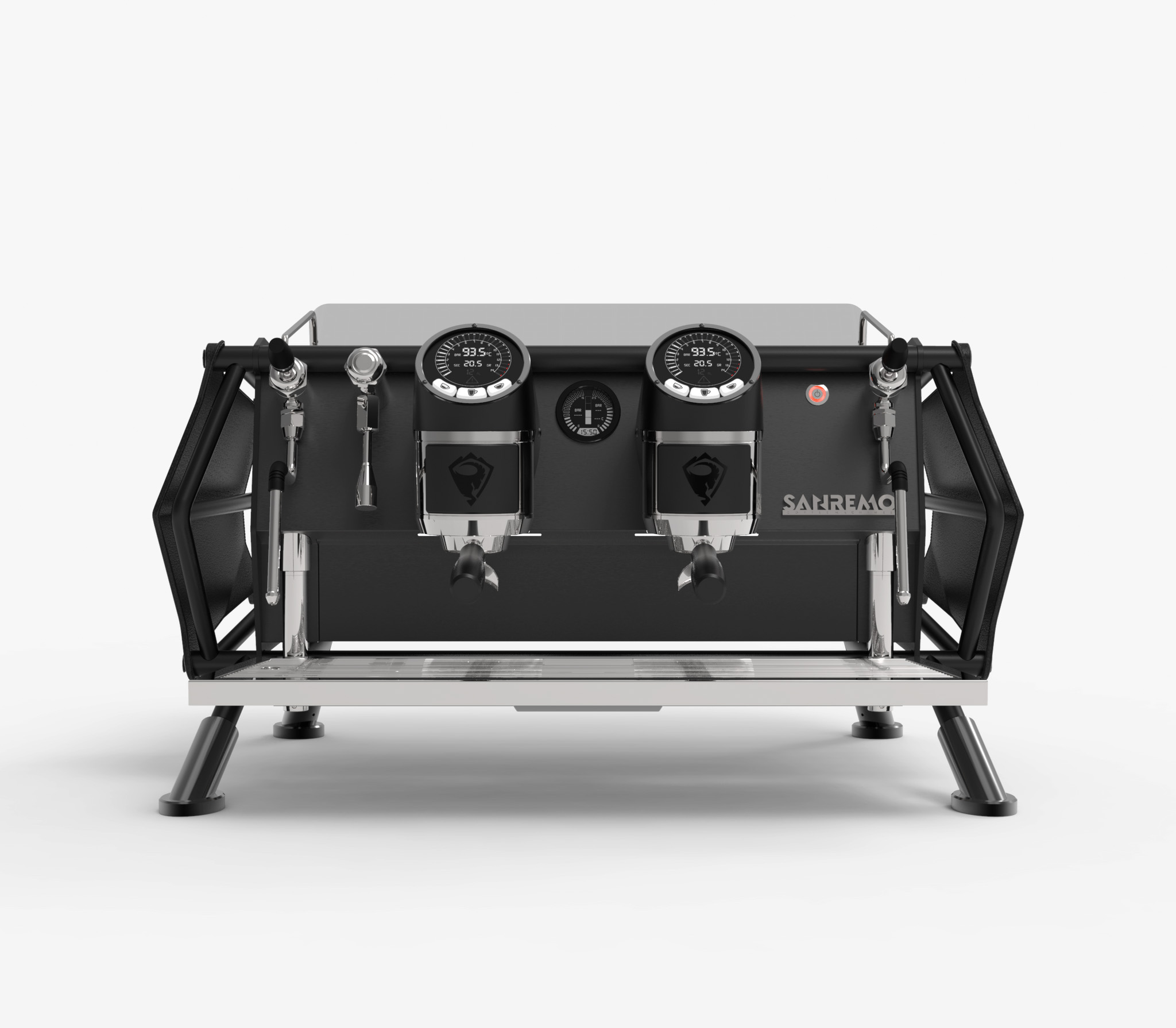 A Cafe Racer, the espresso machine used at Tiny Tiny. According to Sanremo UK (2020), this espresso machine saves energy compared with traditional machines thanks to its insulated, PID-controlled boilers, but still consumes a substantial amount of energy when left idle.
A Cafe Racer, the espresso machine used at Tiny Tiny. According to Sanremo UK (2020), this espresso machine saves energy compared with traditional machines thanks to its insulated, PID-controlled boilers, but still consumes a substantial amount of energy when left idle.
Being careful how you use the machine can help, too. Using less water to purge the groups between shots, for example, can reduce energy use considerably. For home baristas, turning the machine off when not in use can save a lot of energy. Even in machines with auto shut-off, the energy spent keeping the machine hot far outweighs the energy spent making coffee (Bush et al 2009).
Turning the machine off between shots isn’t an option for a cafe, however — although it may be beneficial to turn the espresso machine off overnight. Any coffee machine in a cafe needs to be kept hot all day, ready to brew at a moment’s notice, and this ‘idle time’ is where most brewing equipment wastes the most energy.
Tone It Down
“It takes roughly the same amount of power to heat the water for brewing, no matter what type of brewer you use. It’s the energy use when you’re not brewing that you need to take care of,” explains Gordon Howell, product developer at coffee equipment maker TONE. “Most espresso machines — and definitely most brewers — have no insulation, so the loss of temperature per hour is huge.”
European Commision research backs this up, saying that the amount of energy an espresso machine uses to brew coffee is ‘of little relevance’ in calculating the overall energy efficiency of a machine. About three-quarters of the energy consumption of typical coffee machines goes to keeping them hot or on standby mode (Bush et al 2009).
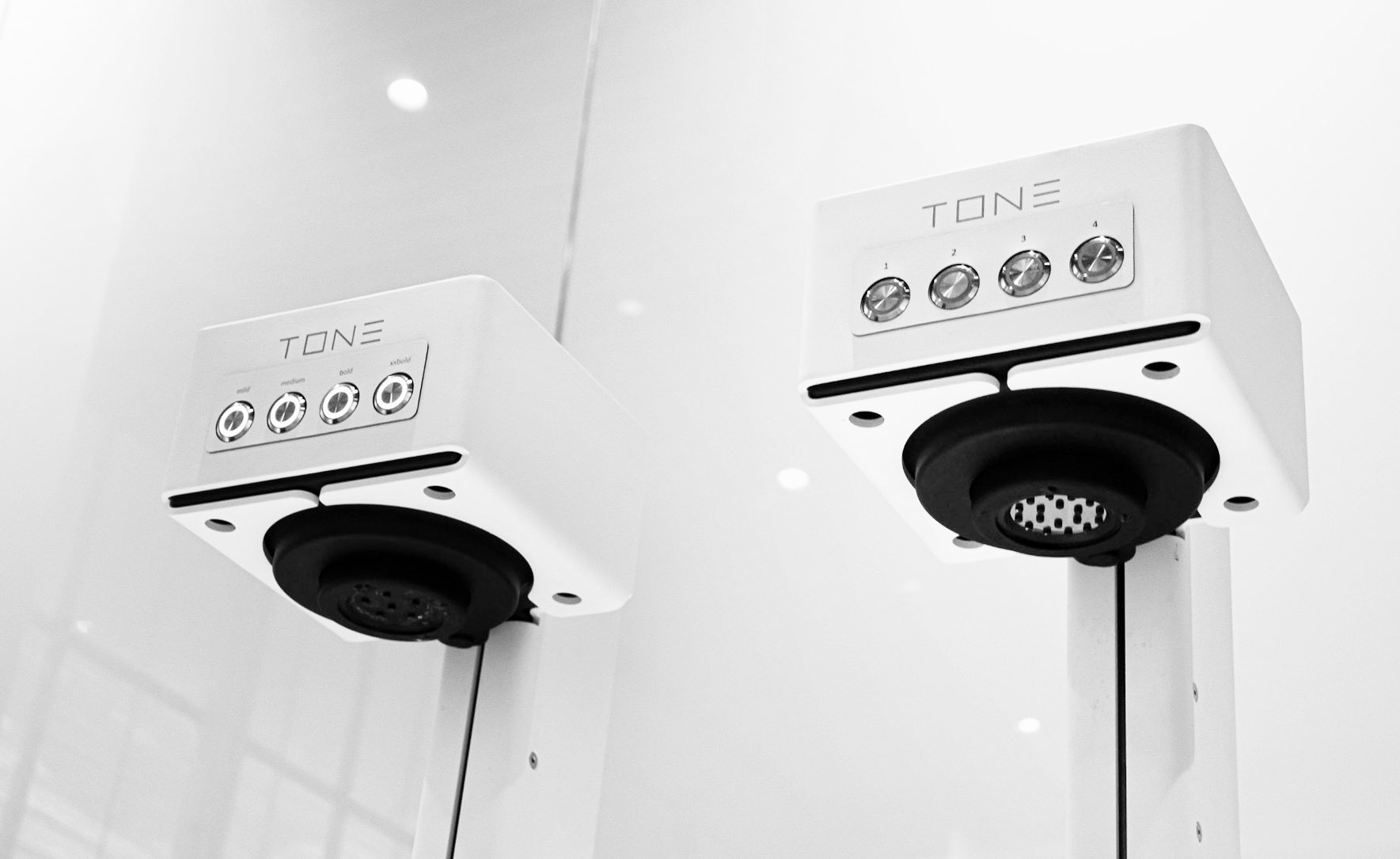 Tone’s latest models of brewer use boilerless technology to slash their energy consumption while idle
Tone’s latest models of brewer use boilerless technology to slash their energy consumption while idle
“What does it cost to run that machine that’s doing nothing? Even if you turn it off, you’ve got litres of hot water sitting there doing nothing, never mind the effect of this stagnant water on the taste of the coffee the next day,” Gordon says.
This applies to both espresso machines and batch brewers — especially those machines that use hot plates to keep coffee warm. Not only are these terrible for the flavour of the coffee, but they also use more energy than brewing the coffee in the first place (Kreitz et al 2011).
Cafe owners like Joe have not often prioritised energy-efficiency in the past, when deciding what equipment to buy. “I’ve always looked for the best equipment to produce the best coffee I can, and until recently the energy consumption was a distant thought,” Joe says. “I am, however, on the hunt for a second espresso machine. One thing I will certainly be asking is about energy consumption and efficiency when making my purchase decision.”
Scrapping the Boiler
Under pressure for both environmental and financial reasons, manufacturers are scrambling to find new ways to make brewing equipment more efficient. One of the most promising avenues is boilerless machines, which are built around flow heaters.
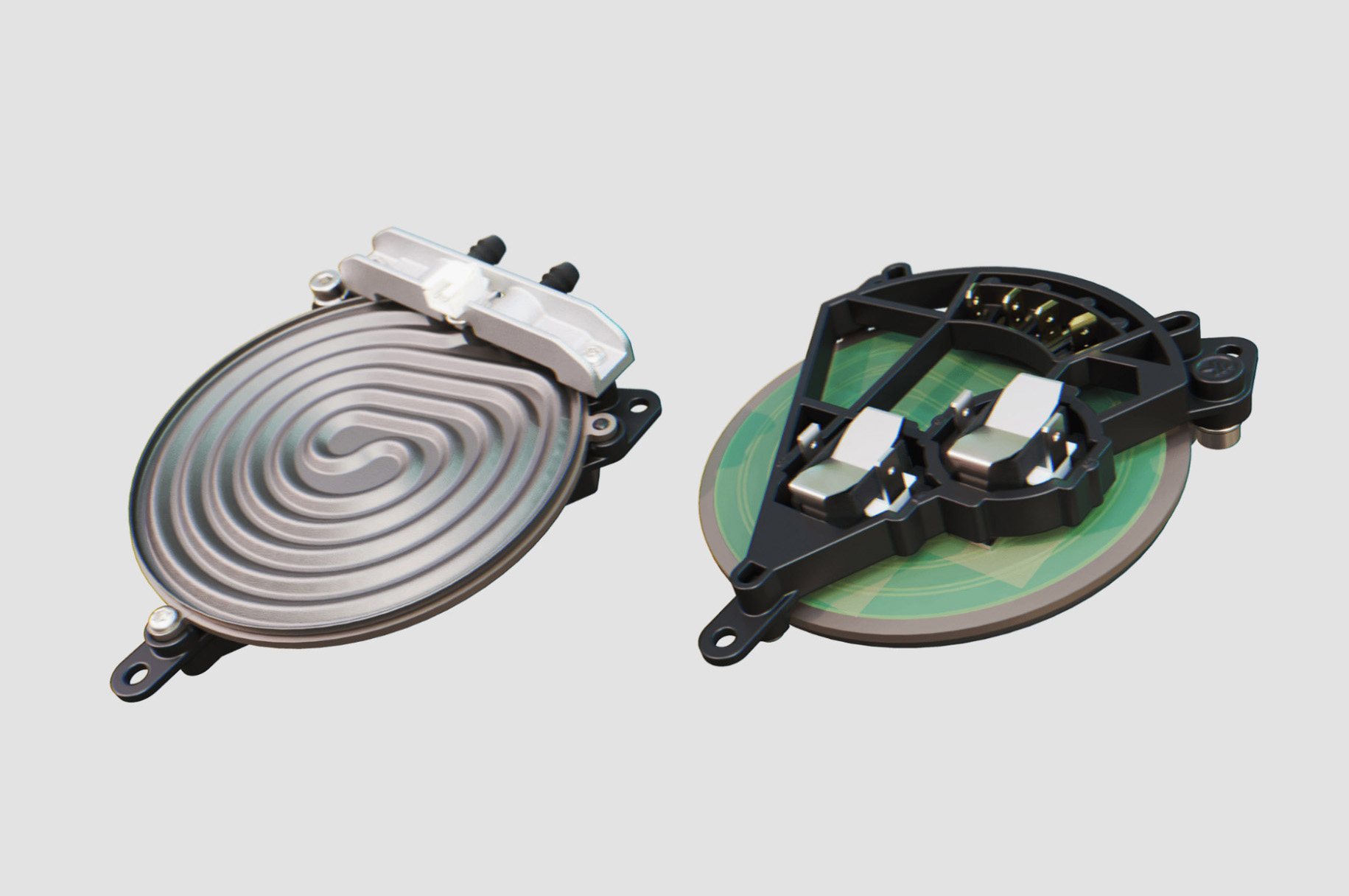 A flow heater can heat small volumes of water very quickly. Flow heaters consist of a narrow water pipe passing through a special type of flat heating element called a thick film heater.
A flow heater can heat small volumes of water very quickly. Flow heaters consist of a narrow water pipe passing through a special type of flat heating element called a thick film heater.
Until recently, flow heaters have been mainly associated with the smallest home espresso machines, but as the technology improves they have started to appear in higher-end equipment such as the Decent or Unica Pro. The first commercial boilerless espresso machine, the Heylo, is currently in the early stages of production.
The key advantage of a flow heater is that you no longer need to keep a large volume of water hot between making each shot. This dramatically cuts down on the amount of energy the machine uses while idle. Since the Heylo machines can fully heat up in just 5 minutes, according to this interview with John Gordon, there’s also much less barrier to turning the machine off overnight, or even during quiet times of day.
Tone’s latest models of batch brewer, the Touch 03 and Touch 04, also include flow heaters, which greatly reduces their energy use and enables them to heat up in just a few seconds. “When the machine is idle it only has to power 4 LED lights” Gordon Howell points out. “We estimate that the total energy use while the machine is idle is just 0.03W — far less than any other machine.”
Brewing More With Less
Using a flow heater has other advantages — one of which is the ability to change the water temperature rapidly during brewing. The Heylo and Decent espresso machines both exploit this to allow temperature profiling. With Tone batch brewers, the barista can switch between different temperatures to brew different types of tea, for example, or create a cold-brewed coffee recipe that begins with a hot blooming stage.
This precise level of control over the brewing parameters gives baristas another way to reduce their costs and their impact on the environment, Gordon Howell says — using less coffee.
“The flow heater is not just about energy saving — it’s designed to give the user precise control over the extraction, to get higher, better yields, so there’s scope for using less coffee,” Gordon says. With a higher extraction yield, you don’t need as much coffee to achieve the same brew strength, he explains, saying: “we are confident we can get extractions above 23% that tastes good. That’s a substantial shift from the norm of hitting 19–21%.”
Reducing the amount of coffee used in each brew will save cafe owners a small amount of money, but it also has knock-on effects on the whole coffee supply chain. Using less coffee will reduce emissions, save water, and reduce the pressure on vulnerable habitats such as tropical forests that might otherwise be cleared to grow more coffee. “We have to treat coffee as a scarce resource that requires energy to produce it throughout the supply chain,” Gordon says. “As equipment manufacturers we focus on our part of that, but we’re also looking at the impact of the approach to brewing on the whole supply chain.”
Batch Brewed Espresso
While espresso machines are getting more efficient all the time, a small company in Los Angeles called Bar Nine has taken things a step further by dispensing with the espresso machine altogether. Instead, at their cafes, they serve only batch-brewed espresso.
To supply their cafes, they make the espresso offsite in large batches and store it in fridges in oxygen-free bottles. The exact details of the brewing process, called Pure Espresso, remains a closely-guarded secret until their patent is approved.
Bar Nine’s cafes are kitted out with milk steamers, so all the barista has to do to make a latte is steam some milk and pour it into the espresso. If a customer orders a straight espresso, the barista steams it to heat it up.
“Shots out of the bottle have that wonderfully zippy quality you would expect from a freshly pulled shot,” claims Zayde Al-Naquib, the company’s co-founder.
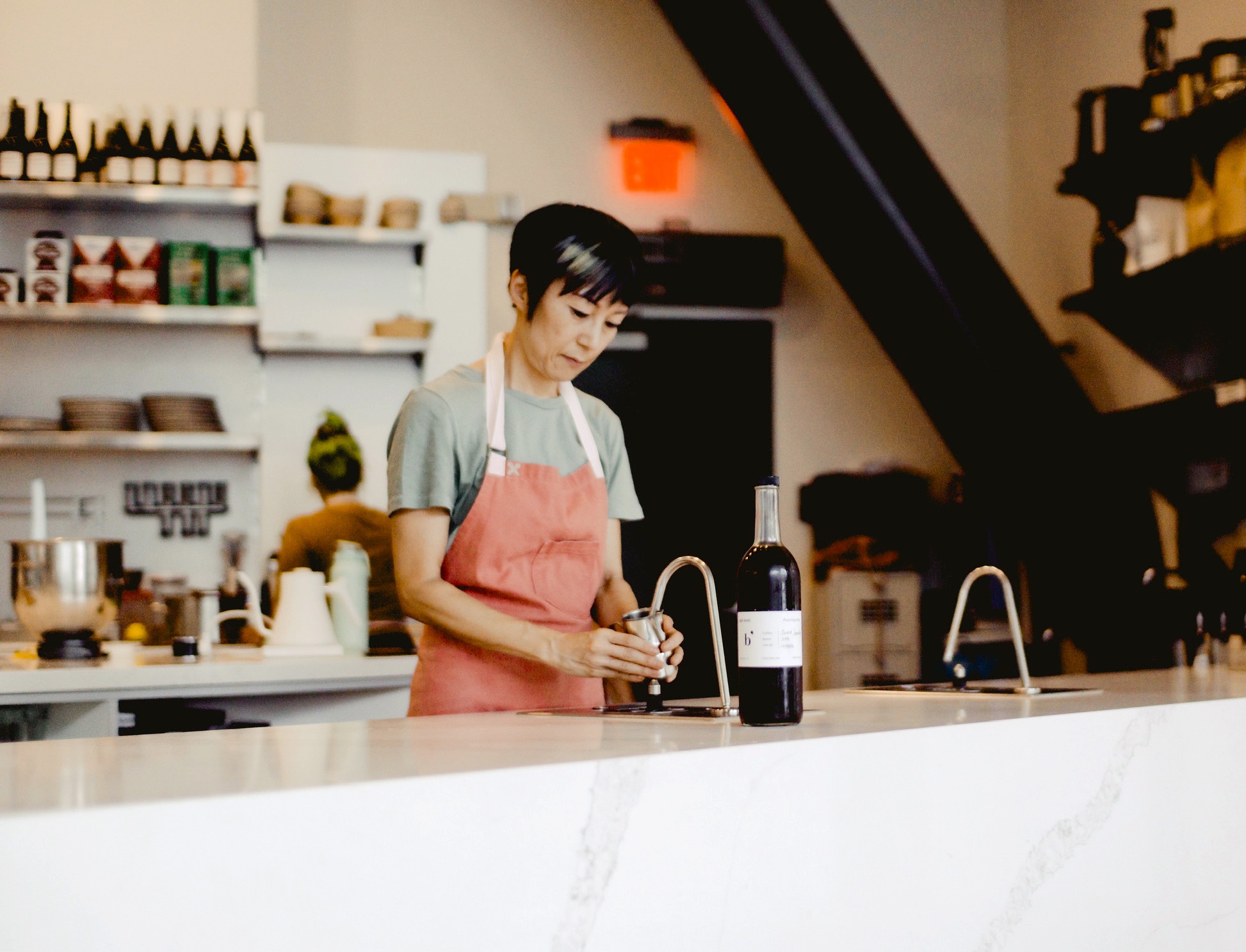 Bar Nine’s cafes are equipped with steam wands, but no espresso machine.
Bar Nine’s cafes are equipped with steam wands, but no espresso machine.
While we haven’t yet had the chance to taste their espresso ourselves, the process is certainly intriguing, especially for cafes that serve a lot of mixed coffee drinks. “Here in Los Angeles, the majority of our drinks are iced,” Zayde says. “The bar fridge is the only thing taking up electrical energy for those drinks.”
Since they must use energy to brew the espresso in the first place, a lot of the overall energy savings of the method comes down to efficient use of the equipment and the beans. “We don’t need to dial in or purge our grinders, run cleaning cycles throughout the day, or dispose of shots that were not to spec,” Zayde says. “In our own coffee bars, we used to waste around 2 pounds of coffee for espresso per day once you factored all that in. Beyond the ingredient waste, that’s energy being used in a way that for us is no longer necessary.”
“Another really big factor for us is water usage,” Zayde continues. “When we dial in espresso normally, we are purging through those groups more than double the water we need for any given extraction just by rinsing the group head.”
“All of the water used in that process would normally come from a Reverse Osmosis system which itself wastes a lot of water. In a state where we are often in a drought, any water savings can be huge.”
Incremental Changes
Not every cafe will be in a position to do away with the espresso machine, or will have the budget to switch their existing machine out for new technology. Seemingly small changes can have a big impact on energy use, however, reducing both the financial and the environmental cost of doing business.
To find out which changes will have the most impact, Joe suggests hiring a professional. “We had someone come out and assess our business and where we were using energy inefficiently. They gave us a report that detailed the cost to replace what we needed to, but also showed when we would see the return on that investment. The best thing was the service was free and provided by the local authority,” he says. “One of the big things for us at Tiny Tiny was the light bulbs. To replace them all with LED versions that looked just as good but used less energy cost us hundreds of pounds — but we made that money back in a matter of months.”
Zayde suggests that business owners question every procedure they have in place, and look for small wins. “A lot of systems in place in cafes are there because that’s how we’ve been doing it for a long time,” he points out. “Try weighing out milk before steaming it, finding ways to incorporate batch service, even things like reflective paint on roofing that reflect light and heat to reduce the need for air conditioning. There is no element too small to consider.”
